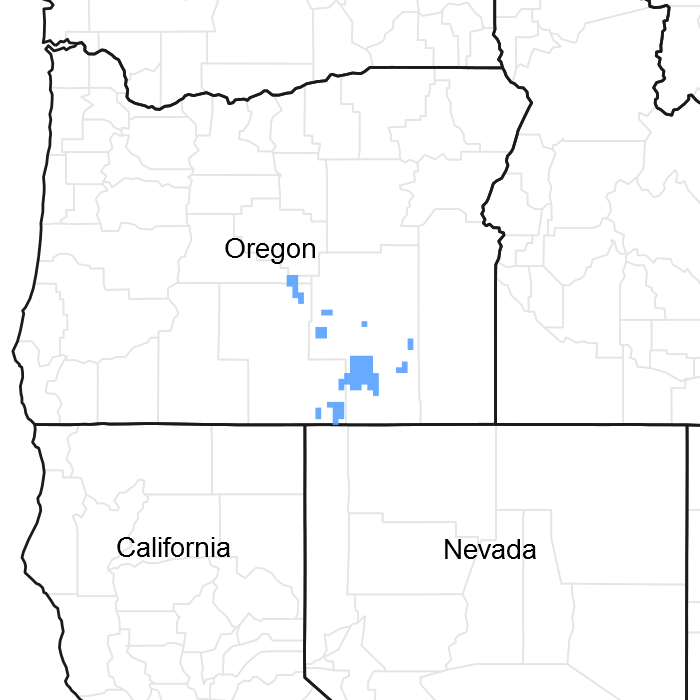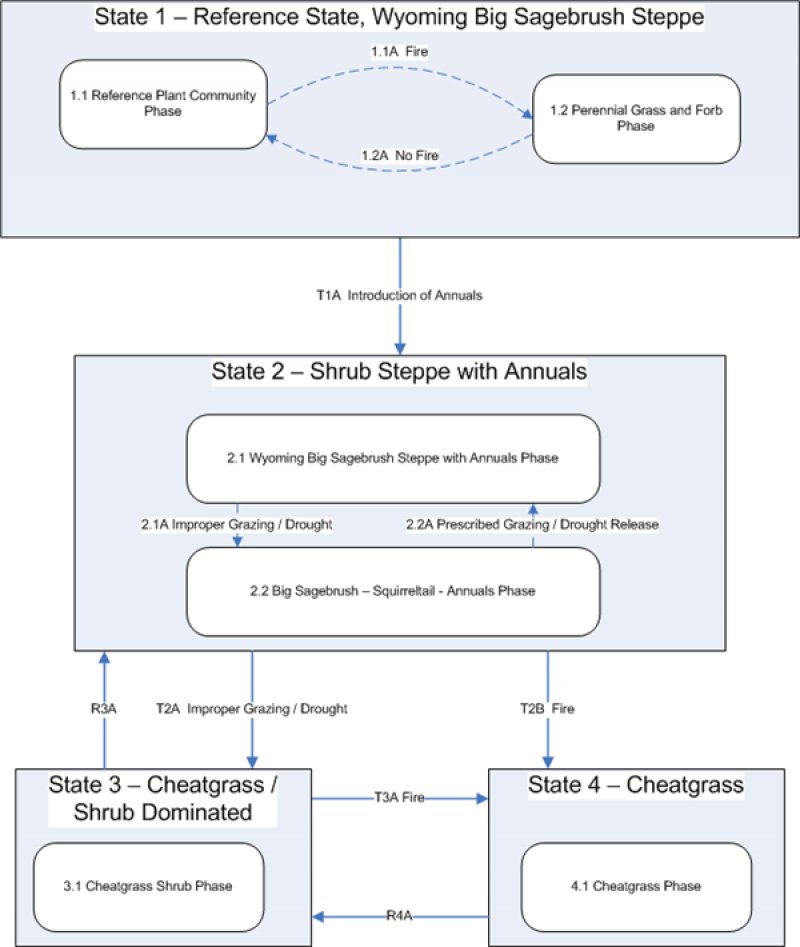
Natural Resources
Conservation Service
Ecological site R024XY008OR
CLAYEY PLAYETTE
Accessed: 12/08/2025
General information
Provisional. A provisional ecological site description has undergone quality control and quality assurance review. It contains a working state and transition model and enough information to identify the ecological site.

Figure 1. Mapped extent
Areas shown in blue indicate the maximum mapped extent of this ecological site. Other ecological sites likely occur within the highlighted areas. It is also possible for this ecological site to occur outside of highlighted areas if detailed soil survey has not been completed or recently updated.
Ecological site concept
This ecological site is mostly mapped in MLRA 23. Soils are well drained with an ochric epipdeon, other characteristics are unclear. ESC needs work.
Associated sites
| R024XY004OR |
DRY FLOODPLAIN 6-10 PZ Dry Floodplain (very deep loamy soil, high production, LECI4 dominant) |
|---|---|
| R024XY016OR |
LOAMY 8-10 PZ Loamy 8-10 PZ (upland site, moderately deep loam, higher production, different composition ARTRW8/ACTH7-PSSPS-ACHY association) |
| R024XY123OR |
LOW CLAYEY TERRACE 8-10 PZ Low Clayey Terrace 8-10 PZ (higher production, thicker surface, clayey subsoil contact not as abrupt, different composition – PSSPS dominant grass) |
Similar sites
| R024XY123OR |
LOW CLAYEY TERRACE 8-10 PZ Low Clayey Terrace 8-10 PZ (higher production, thicker surface, clayey subsoil contact not as abrupt, different composition – PSSPS dominant grass) |
|---|
Table 1. Dominant plant species
| Tree |
Not specified |
|---|---|
| Shrub |
(1) Artemisia tridentata subsp. wyomingensis |
| Herbaceous |
(1) Elymus elymoides |
Click on box and path labels to scroll to the respective text.
